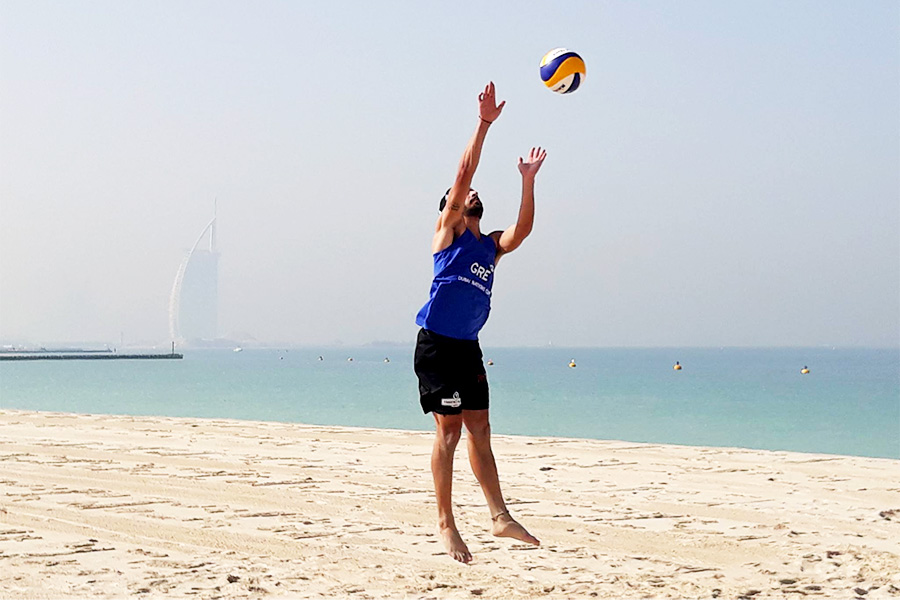The jump float serve is a variation of the float serve that can be just as effective, but with more power and speed. It is a serve that requires a combination of technique, power, and precision to execute properly. In this blog, we will discuss how to execute a jump float serve in volleyball, as well as provide some tips for improving your jump float serve skills.
- Positioning. To execute a successful jump float serve, the player should start by positioning themselves in the back-right corner of the court (if you're right-handed) or the back-left corner (if you're left-handed), just like with the jump serve. This allows the player to have a better angle for serving and creates more space to generate power.
- Tossing the Ball. Next, the player should toss the ball high into the air, slightly in front of them. Unlike the jump serve, the toss for the jump float serve should be a bit flatter, with less upward trajectory. This allows for greater control and accuracy when hitting the ball.
- Jumping. After tossing the ball, the player should jump into the air with an explosive motion, much like with the jump serve. The difference with the jump float serve is that the player should jump with a slightly forward momentum, leaning into the serve. This creates the float effect that makes the serve difficult to receive.
- Hitting the Ball. Once in position, the player should strike the ball with a flat hand, using the fingers to apply spin to the ball. The goal is to hit the ball in the center, creating a strong and consistent trajectory that is difficult for the receiving team to handle.
Tips for Executing a Successful Jump Float Serve:
- Practice, practice, practice! As with any serve, the jump float serve requires a lot of practice to master, so don't get discouraged if it doesn't work perfectly the first time.
- Focus on consistency. Consistency is key when executing a successful jump float serve, so focus on creating a consistent toss, approach, and hit.
- Maintain control. While the jump float serve is a more powerful serve than the float serve, it still requires control and accuracy to be effective. So, don't sacrifice control for power.
- Experiment with different ball placements. Depending on the situation, different ball placements can be more effective for executing a successful jump float serve. Experiment with different angles and heights to find what works best for you.
In conclusion, the jump float serve is a powerful and effective serve that requires a combination of technique, power, and precision to execute properly. By following these steps and practicing regularly, players can improve their jump float serve skills and become more effective on the court. And remember, while the jump float serve is a powerful serve, it is not the only type of serve in volleyball. Experiment with different types of serves to find what works best for you and your team.

